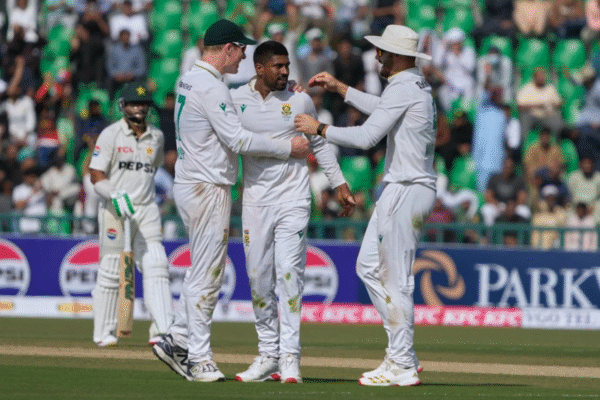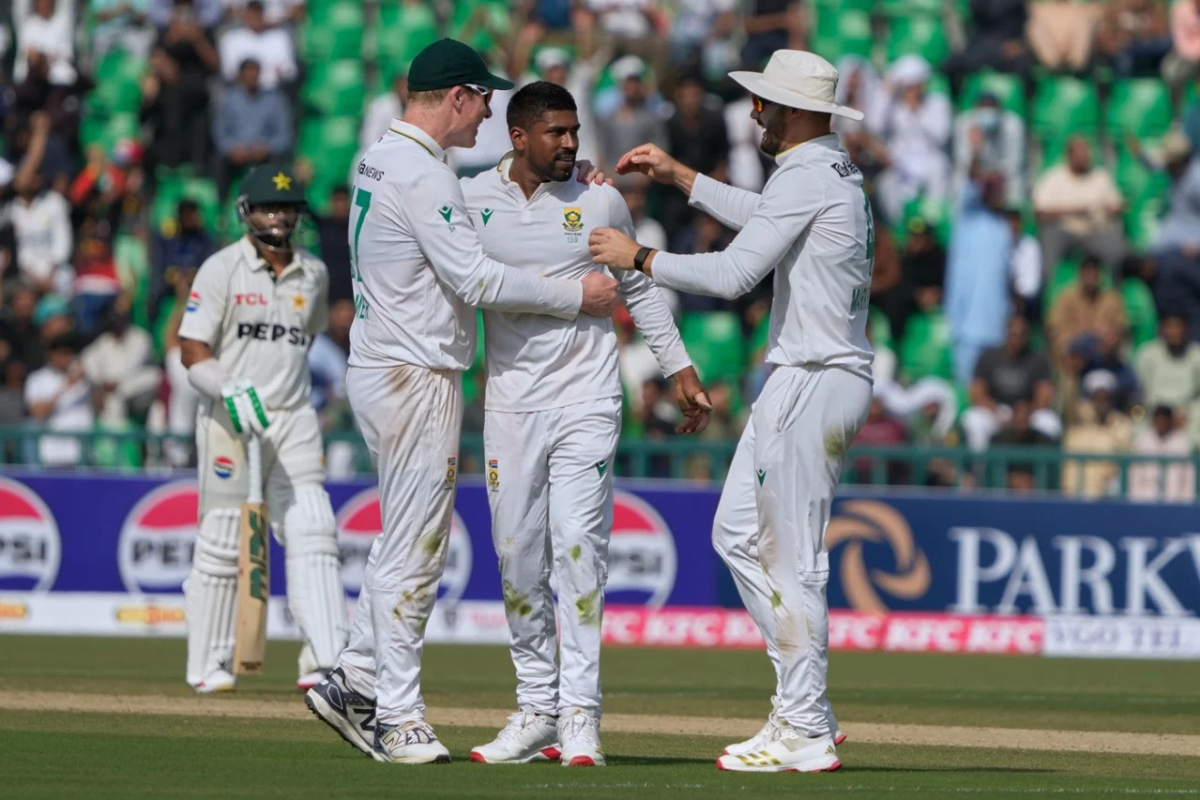
After Pakistan’s win in Lahore, R Ashwin broke down why visiting spinners falter on slow Asian tracks.

Like subcontinent pacers, who often struggle on overseas pitches that offer extra pace and bounce, spinners from other continents also find it challenging to adapt to Asian conditions, where the surfaces are slower, provide low bounce, and turn sharply. The recently concluded Lahore Test between hosts Pakistan and reigning world test champions South Africa was yet another example of this contrast.
Pakistan ended South Africa’s 10-match winning streak with a clinical 93-run win in the first Test on Wednesday. Left-arm spinner Noman Ali once again proved his mettle on spin-friendly pitches at home, finishing with a 10-wicket match haul (191/10) as the Proteas were bowled out for 183 chasing 276.
While Proteas spinners didn’t bowl badly enough, their lack of experience in subcontinent conditions was visibly evident throughout the match. Spin wizard Ravichandran Ashwin, India’s second-highest wicket-taker in Tests, pointed out the key tactical lapses in South Africa’s approach that potentially cost them the match.
Speaking on his YouTube channel after the game, R Ashwin broke down the nuances of bowling on subcontinent pitches, emphasizing the need for an understanding of surfaces and conditions.
“In the Pakistan vs South Africa Test, visiting spinners like Prenalan Subrayen, Simon Harmer, and Senuran Muthuswamy made rookie mistakes of bowling outside the off stump,” R Ashwin explained. “You can’t bowl outside off regularly, especially on Day 1. You can bowl one or two balls there, but your standard operating lines have to be much tighter in the subcontinent. In overseas conditions, the bounce helps spinners — a cut or drive can still produce a catch off the sticker. But in India or Pakistan, that doesn’t happen. If you keep bowling that line, you’ll get hit. As a visiting spinner, you learn with time — but by then, the series is often over.”
The perfect example of bowling this line was the delivery bowled by Noman Ali to Dewald Brevis that fizzed through from a back of a length on middle and leg stump, gripped and spun away sharply, beating the right-hander all ends up. Caught on the crease, Brevis could only watch in disbelief as the ball snaked past and crashed into the top of off stump.
The South African spinners Harmer and Muthuswamy have played a few Tests in Asian conditions in the past; Subrayen was playing his first red-ball game in the subcontinent. The visiting spinners did well to share 18 wickets of Pakistan’s 20 wickets across two innings. Left-arm orthodox spinner Muthuswamy claimed a six-fer in the first innings and a fifer in the second, finishing the match with 11 wickets. However, it wasn’t enough to help the visitors to emerge triumphant.
ALSO READ:
R Ashwin, an Asian spinner with the fourth most wickets in the SENAW countries (South Africa, England, New Zealand, Australia, and West Indies), further explained how bowling side spin is key to success in Subcontinent conditions and why many visiting spinners fail to master it.
“I’ve spoken to spinners during the IPL, and they ask what to do in India and what not to. We often talk about bowling at the stumps and using side spin, but not many actually know how to bowl it. It requires a different grip, a different release, and that takes time to master,” said R Ashwin.
R Ashwin’s insights once again underline the fine technical and tactical margin that visiting spinners should work on. The Proteas are scheduled to tour India for two Tests after the second Test against Pakistan, the current World Test Champions, would hope for improved performances in the upcoming games, taking notes from the last match’s learnings. Keshav Maharaj, South Africa’s leading spinner across formats, will be available for the final Test and can give valuable guidance during the match.
The second Test between South Africa and Pakistan begins on October 20 at Rawalpindi.
For more updates, follow CricXtasy on Facebook, Instagram, Twitter, and YouTube.